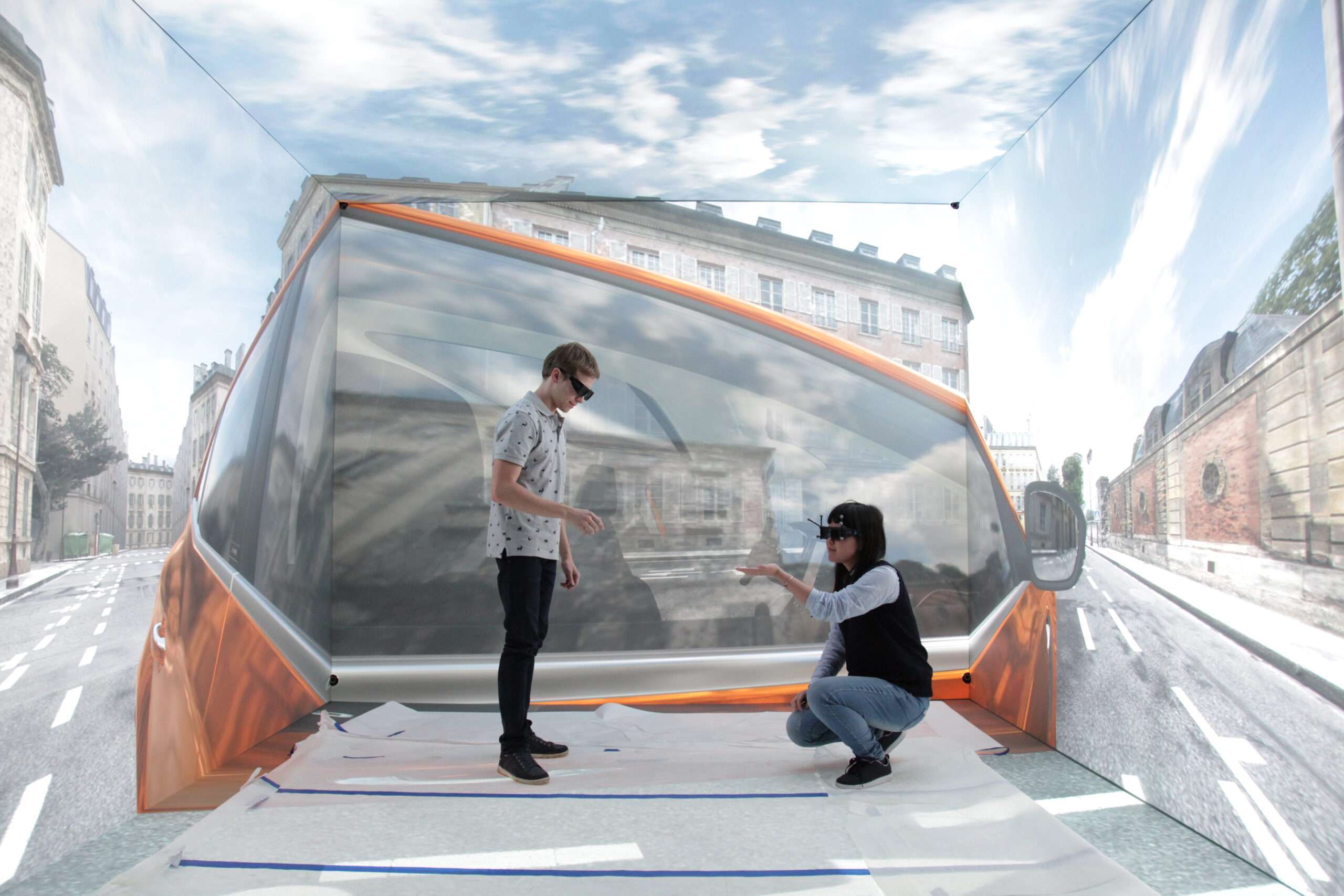How Can VR Learning Transform and Improve Higher Education?
In higher education, new methods of learning are changing how students engage with course material. The chief vehicle for this is virtual reality (VR).
ST Engineering Antycip is a VR education company that provides advanced VR design and review tools for colleges and universities. Here, we look at how these tools can transform and improve higher education.
Learning in the Information Age
Some of the important groundwork for VR learning has already been done through the familiarity students have with digital technology. People are at ease with different methods of learning, through screens and interactive experiences and, due to the pandemic, remotely. This has led to a significant uptake of EdTech globally. But the primary method of learning in the information age is still cognitive. Cognitive learning strategies include repetition, summarising meaning and using imagery for memorisation.
These strategies have proven effectiveness in learning outcomes, but they aren't always the most efficient or engaging. Even online learning relies heavily on cognitive learning. It’s different from using books, but it’s still essentially a two-dimensional experience. But what if learning was more experience-based so that students inhabited their subjects physically as well as mentally? What if the two-dimensional aspects of experiential learning became immersive, 3D experiences?
From Information to Experience
VR unlocks new dimensions in the learning experience. It offers ways in which students can experience information and not just look at it. This is a critical difference between VR and other forms of digital learning.
Using immersive VR, students can interact with content in three dimensions. If they’re looking at an engineering problem, for example, they can be right in the centre of it, seeing what works and what doesn’t.
Architecture schools have been early adopters of VR, recognising the benefits of students being able to walk through constructions and designs.
VR helps students visualise different concepts, bringing them to life vividly, with the potential to improve engagement, motivation and, ultimately, learning outcomes. In traditional methods of learning, students look at two-dimensional images but must work out for themselves how these translate into three-dimensional relationships.
VR breaks down this two-dimensional conceptual barrier. Students can see how things relate to one another in space because they are experiencing these spatial relationships for themselves. But the experiential benefits of VR extend beyond architectural, engineering and scientific applications.
Immersive VR can bring history to life, or enable students to embark on virtual field trips to destinations which they couldn’t realistically visit. For problem-solving and demonstration across a broad range of academic disciplines, VR offers multiple methods and answers.
VR Adoption in Higher Education
The adoption of VR in education depends on institutions investing in the right tools for the job. Colleges and universities need to find ways of integrating VR technology into teaching and curricula in ways that are logical and helpful for students. Experiential learning processes must still have clear objectives in mind. Engagement and interaction should work to improve outcomes, as part of a structured programme of learning.
While there are certain fundamental pieces of equipment for delivering VR, such as the head-mounted display (HMD), but there are also VR solutions that the experiential aspects of immersive environments and transform them into platforms for collaborative working. These VR systems include VR CAVEs (cave automatic virtual environments) and VR theatres. These new methods of delivery are providing higher education centres with more options for building VR into their teaching.
The more adaptable VR becomes in purely practical terms, the more opportunities it then presents to educators to re-think and improve the whole learning process. In this sense, VR is both a current technology, offering immediate benefits for higher education, and a technology that is set to transform higher education in the future. By helping students engage with areas of study on a more personal, immersive level, VR should improve their experience of education, and improve the outcomes for them too.
Explore VR in Education
We provide customisable VR systems for higher education, including VR CAVEs, theatres and other leading-edge VR installations.
This is technology taken to whole new levels of immersion. How far can you take it? Find out by contacting us.




















